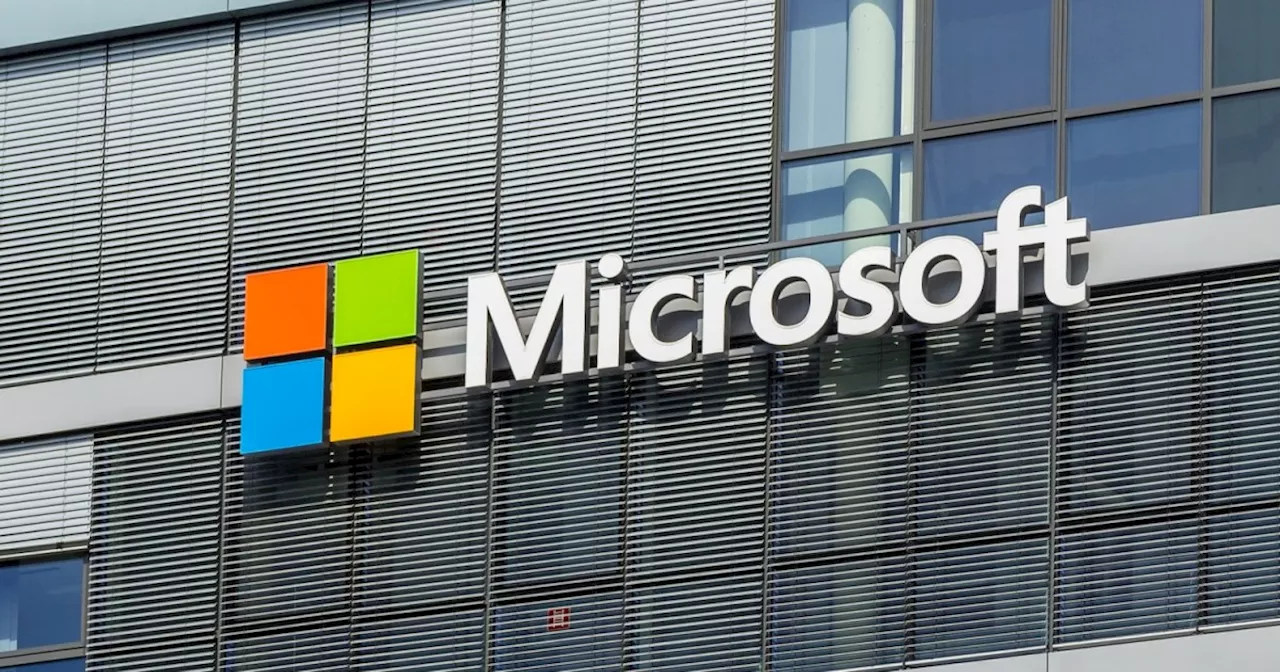Forbes reports that hackers are exploiting Google Search ads to steal login information from Microsoft advertisers. Malwarebytes researchers uncovered the scheme, which involves malicious links disguised within seemingly legitimate sponsored ads. Google confirms taking action against the malicious advertisers and emphasizes its commitment to preventing deceptive advertising practices.
Forbes reports that hackers are targeting Microsoft advertiser accounts in an attempt to steal login information and access the advertising platform. Malware bytes researchers discovered how hackers use malicious ads appearing on Google Search to get sensitive data.
The cybersecurity company discovered that sponsored ads contained malicious links despite Google’s security measures. Malwarebytes contacted Google for a statement and received a response stating, “We expressly prohibit ads that aim to deceive people, and we suspend advertisers’ accounts if they are found to engage in this practice, as we have done here. ”
Recommended Videos How do hackers try to steal passwords from Microsoft users? They use tricks to hide malicious traffic from bots, security scanners, and crawlers. If you use a VPN, you are taken to a “white page” with fake marketing, while “authentic” users are directed to a cloaking page with a “Are you human?” verification check. After that, you see a fake Microsoft ads platform login page, which is a malicious domain.
CYBERSECURITY HACKING MALWARE ADVERTISING GOOGLE SEARCH
United States Latest News, United States Headlines
Similar News:You can also read news stories similar to this one that we have collected from other news sources.
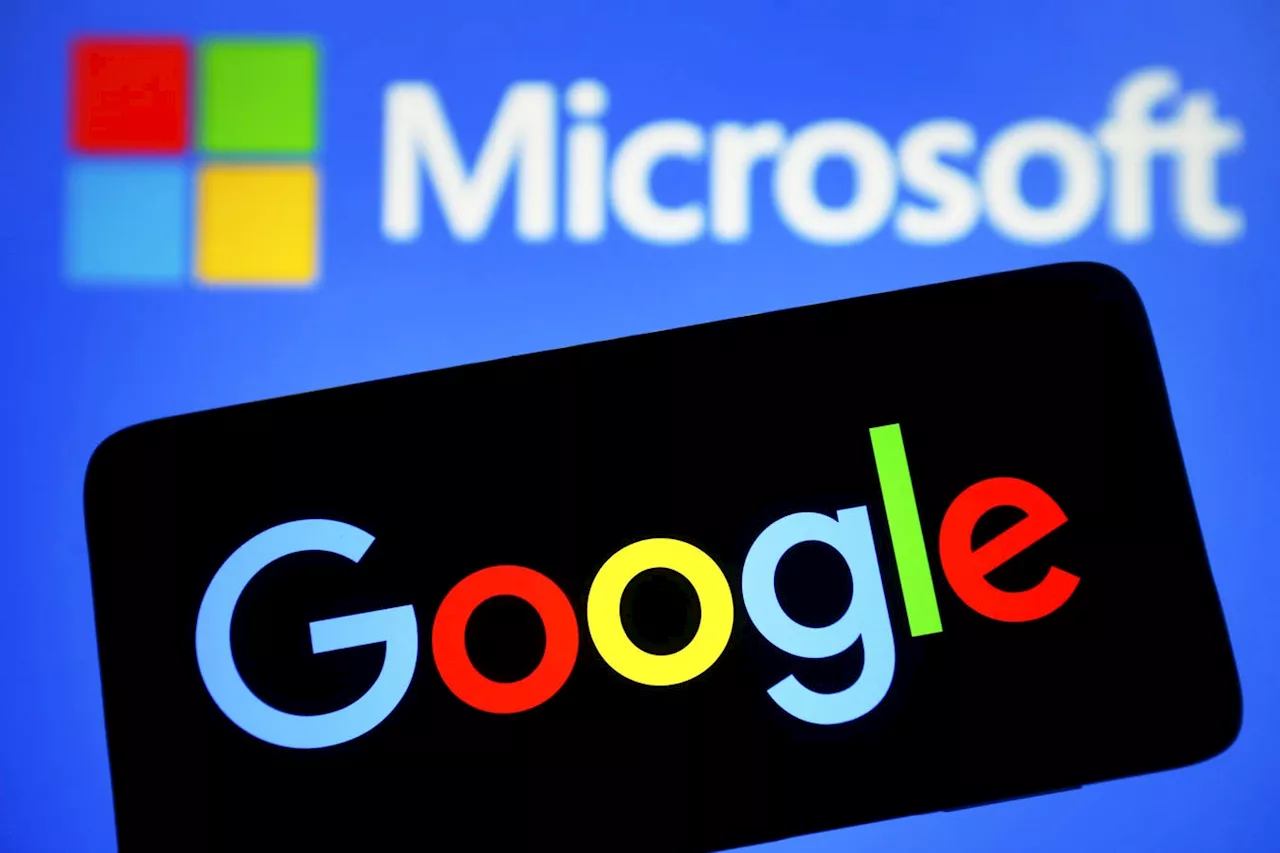 Hackers Target Microsoft Advertisers With Google Ads Phishing AttackSecurity researchers at Malwarebytes have uncovered a new phishing campaign where hackers are using malicious ads appearing on Google Search to steal login information from Microsoft advertisers. The campaign exploits the ongoing competition between Google and Microsoft in the advertising ecosystem, using fake ads that mimic legitimate Microsoft Ads results.
Hackers Target Microsoft Advertisers With Google Ads Phishing AttackSecurity researchers at Malwarebytes have uncovered a new phishing campaign where hackers are using malicious ads appearing on Google Search to steal login information from Microsoft advertisers. The campaign exploits the ongoing competition between Google and Microsoft in the advertising ecosystem, using fake ads that mimic legitimate Microsoft Ads results.
Read more »
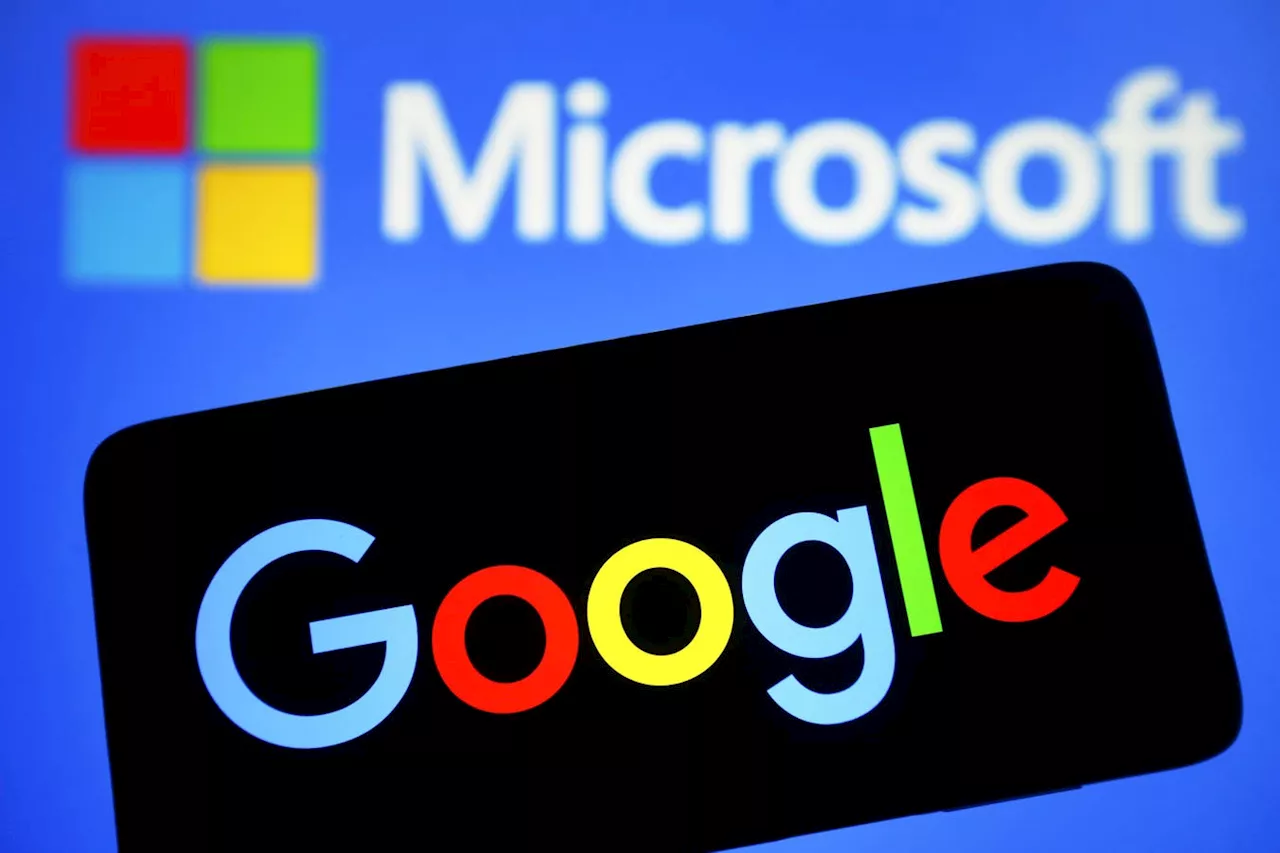 Hackers Use Google Ads to Phish Microsoft UsersSecurity researchers at Malwarebytes have discovered a campaign where hackers are using fake Google Ads to steal login credentials for Microsoft advertiser accounts. These malicious ads appear in Google search results for searches related to Microsoft Ads, tricking users into visiting phishing pages that mimic the Microsoft Ads platform login. The attackers use various techniques to evade detection, including cloaking pages and bogus marketing materials.
Hackers Use Google Ads to Phish Microsoft UsersSecurity researchers at Malwarebytes have discovered a campaign where hackers are using fake Google Ads to steal login credentials for Microsoft advertiser accounts. These malicious ads appear in Google search results for searches related to Microsoft Ads, tricking users into visiting phishing pages that mimic the Microsoft Ads platform login. The attackers use various techniques to evade detection, including cloaking pages and bogus marketing materials.
Read more »
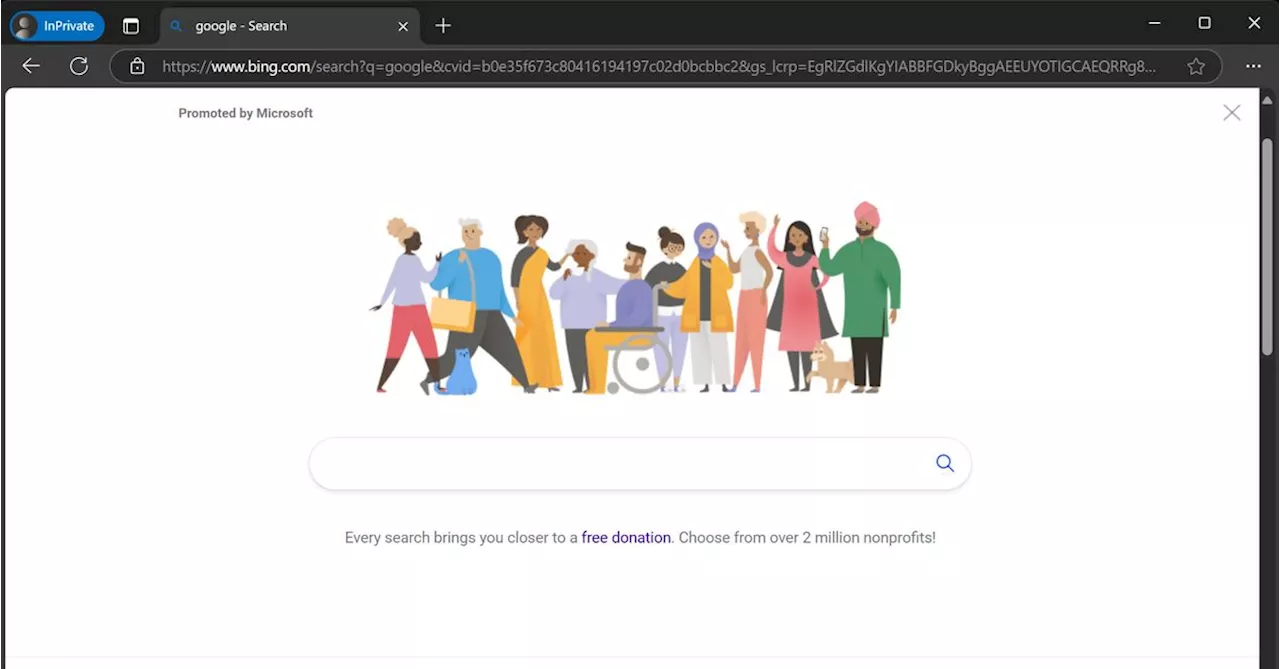 Microsoft Spoofs Google Search Results in BingMicrosoft is using a deceptive tactic to lure users to its Bing search engine. Searching for 'Google' on Bing without signing in presents a page mimicking Google's interface, complete with a search bar, Google Doodle-like image, and text mimicking Google's layout. This trick aims to make Bing appear as Google for this specific query, potentially influencing new PC users who search for Google in Microsoft Edge.
Microsoft Spoofs Google Search Results in BingMicrosoft is using a deceptive tactic to lure users to its Bing search engine. Searching for 'Google' on Bing without signing in presents a page mimicking Google's interface, complete with a search bar, Google Doodle-like image, and text mimicking Google's layout. This trick aims to make Bing appear as Google for this specific query, potentially influencing new PC users who search for Google in Microsoft Edge.
Read more »
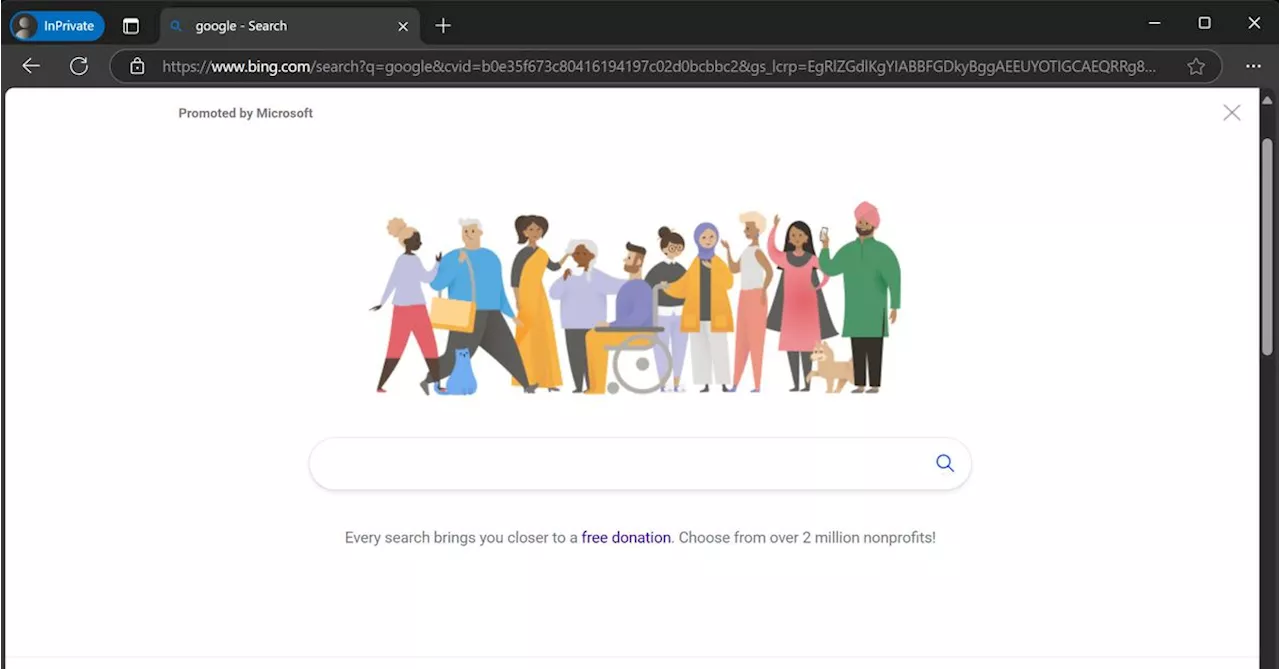 Microsoft Spoofs Google Homepage to Lure Users to BingMicrosoft is employing a deceptive tactic to entice users to Bing by mimicking the Google homepage when searching for 'Google' without a Microsoft account. The simulated Google interface includes a search bar, a Google Doodle-like image, and text resembling Google's, effectively disguising Bing's interface.
Microsoft Spoofs Google Homepage to Lure Users to BingMicrosoft is employing a deceptive tactic to entice users to Bing by mimicking the Google homepage when searching for 'Google' without a Microsoft account. The simulated Google interface includes a search bar, a Google Doodle-like image, and text resembling Google's, effectively disguising Bing's interface.
Read more »
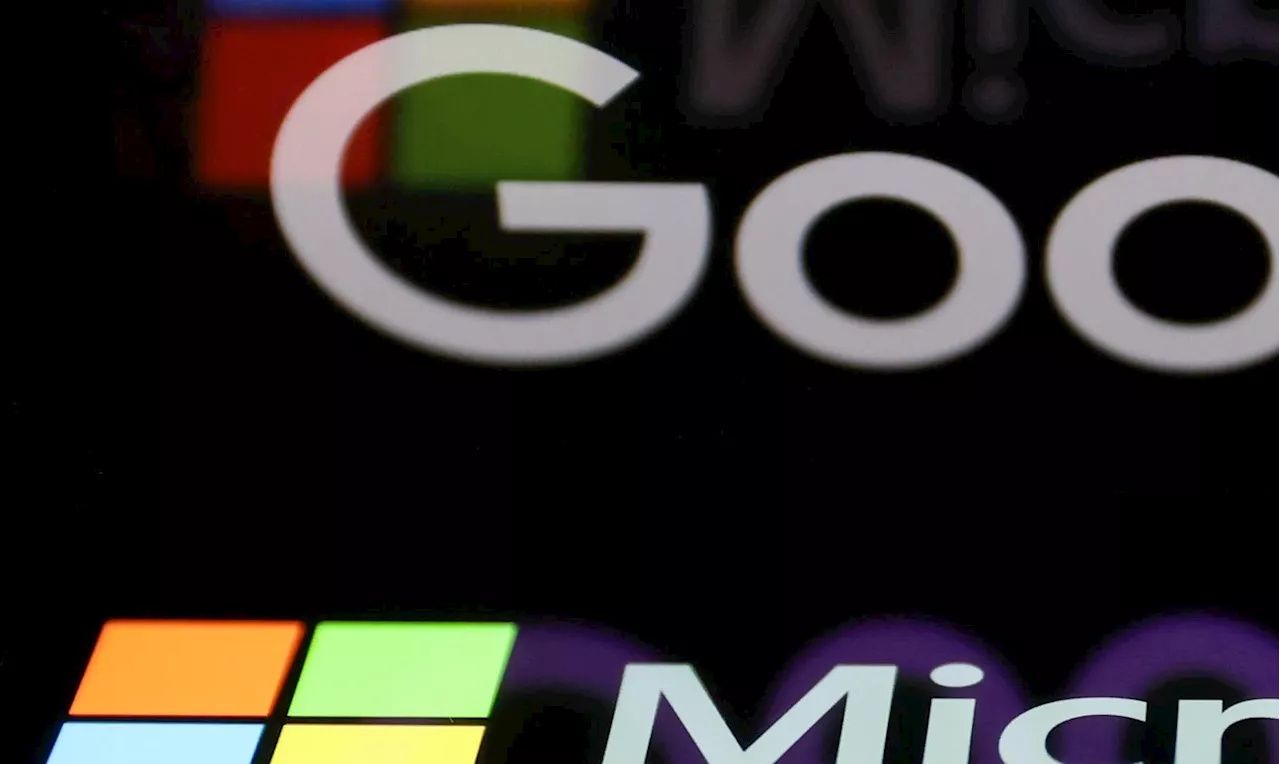 Google Accuses Microsoft of Spoofing Its Homepage to Lure Users to BingGoogle has criticized Microsoft for mimicking its homepage when users search for 'Google' or 'Google.com' on Bing. Google executives see this as a deliberate attempt to confuse users and steer them away from Google Search. They argue that Microsoft's actions are part of a larger pattern of deceptive tactics aimed at limiting user choice.
Google Accuses Microsoft of Spoofing Its Homepage to Lure Users to BingGoogle has criticized Microsoft for mimicking its homepage when users search for 'Google' or 'Google.com' on Bing. Google executives see this as a deliberate attempt to confuse users and steer them away from Google Search. They argue that Microsoft's actions are part of a larger pattern of deceptive tactics aimed at limiting user choice.
Read more »
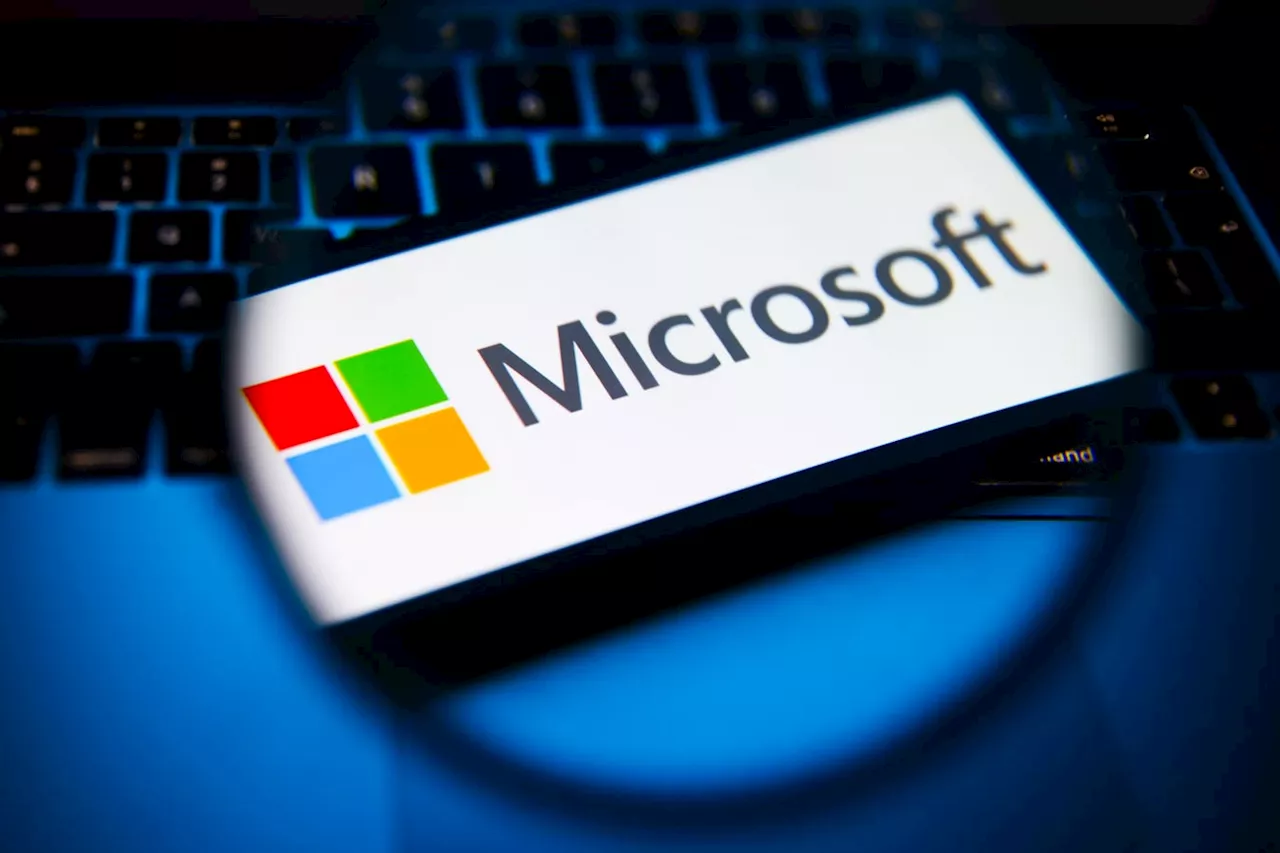 Black Basta Hackers Exploit 'Microsoft Fatigue' to Steal CredentialsThe Black Basta hacking group is using a new tactic to target Microsoft users: 'Microsoft fatigue'. They flood victims' inboxes with spam emails, then impersonate IT support via Microsoft Teams to gain access to their accounts. This technique combines the common exploitation of user fatigue with two-factor authentication notifications and group communication tools.
Black Basta Hackers Exploit 'Microsoft Fatigue' to Steal CredentialsThe Black Basta hacking group is using a new tactic to target Microsoft users: 'Microsoft fatigue'. They flood victims' inboxes with spam emails, then impersonate IT support via Microsoft Teams to gain access to their accounts. This technique combines the common exploitation of user fatigue with two-factor authentication notifications and group communication tools.
Read more »
